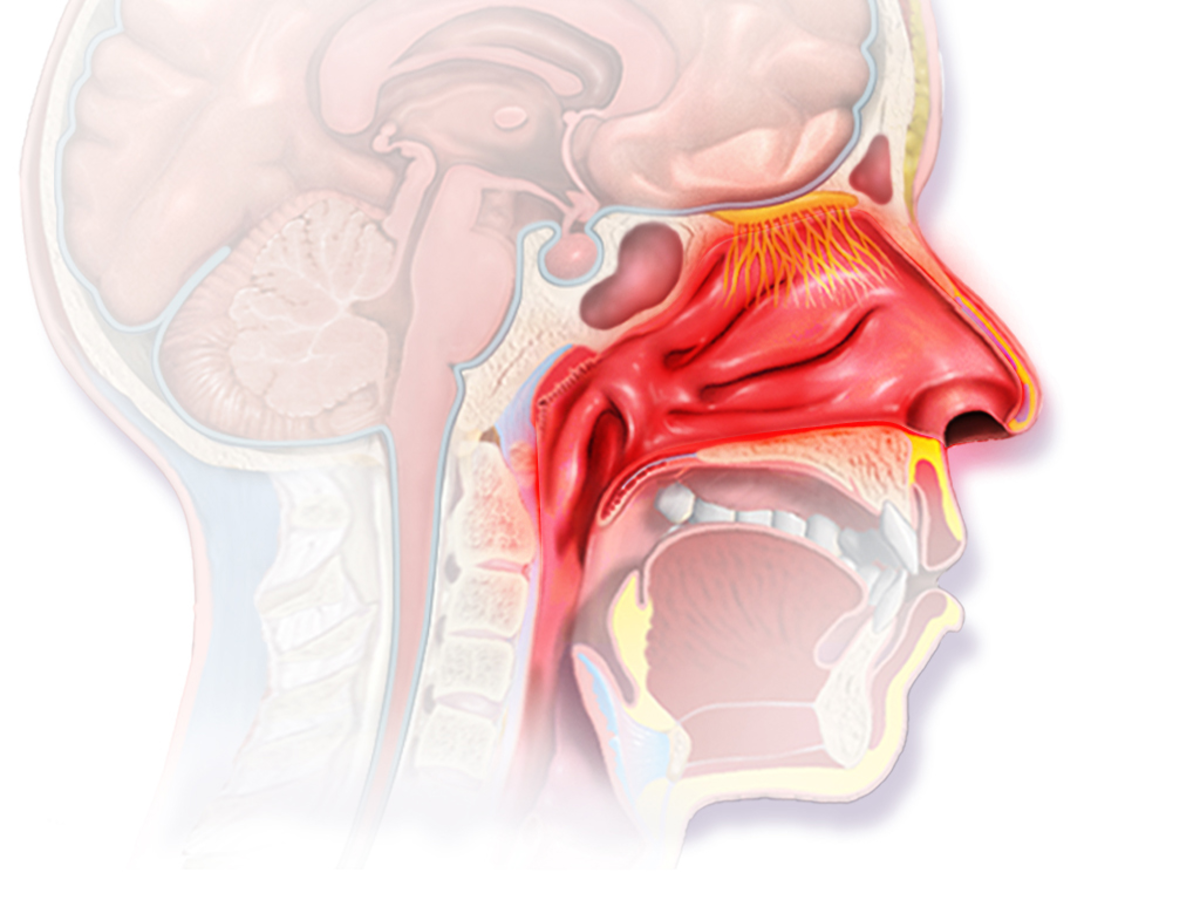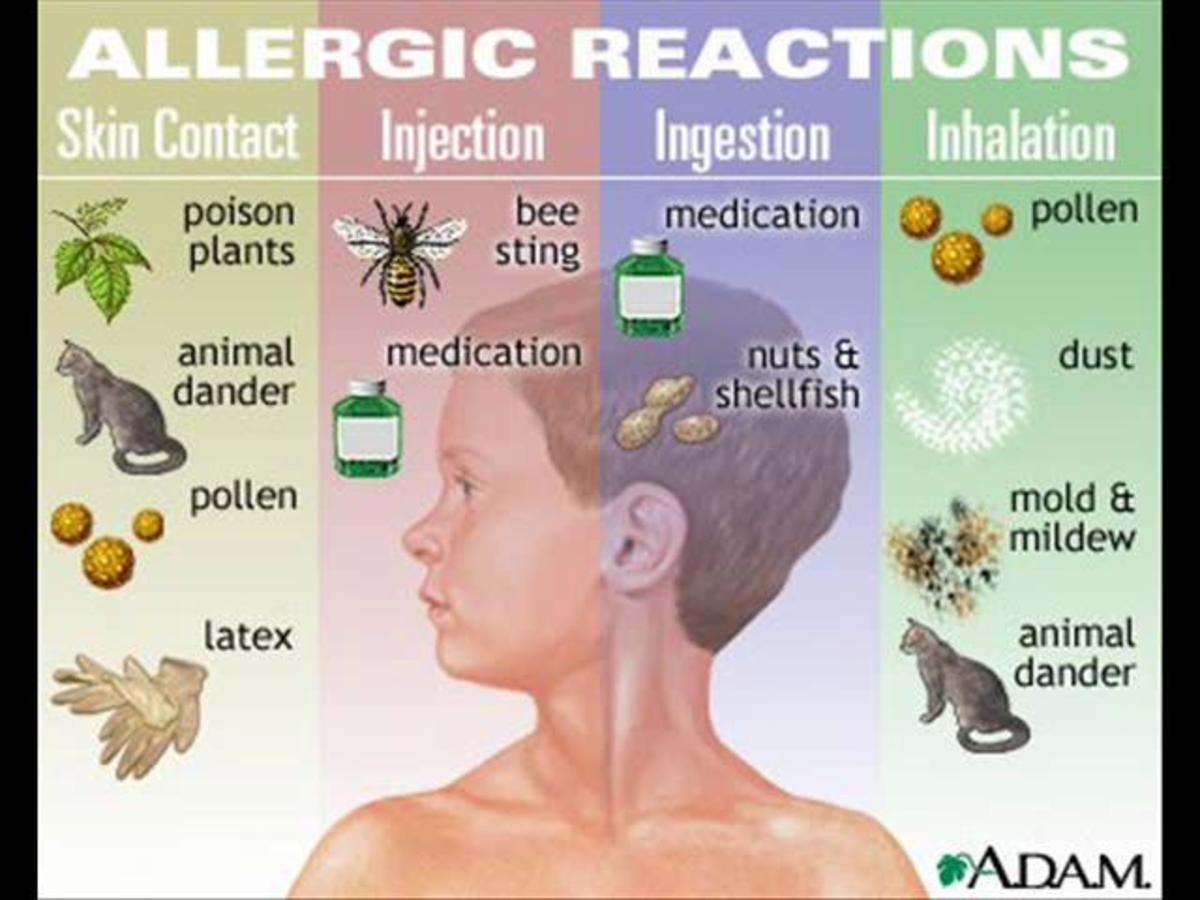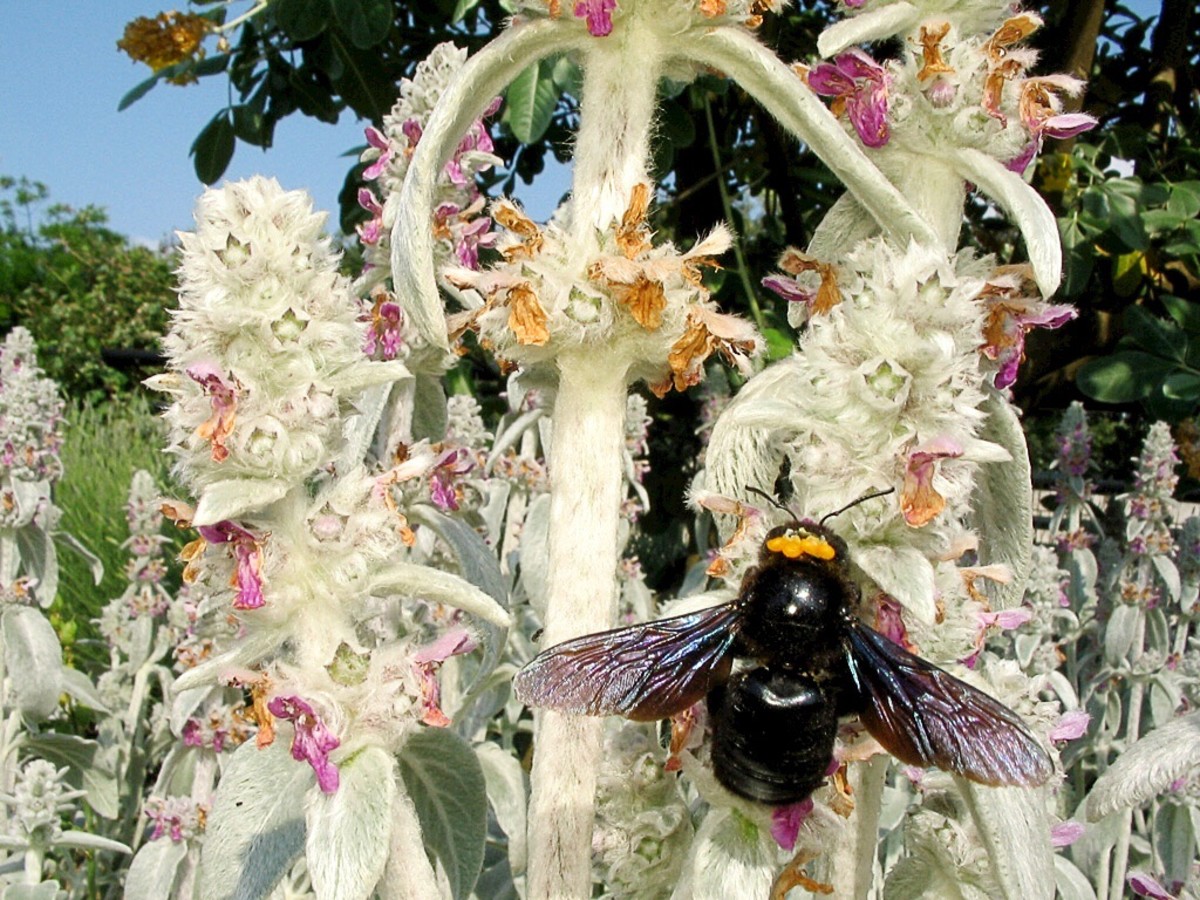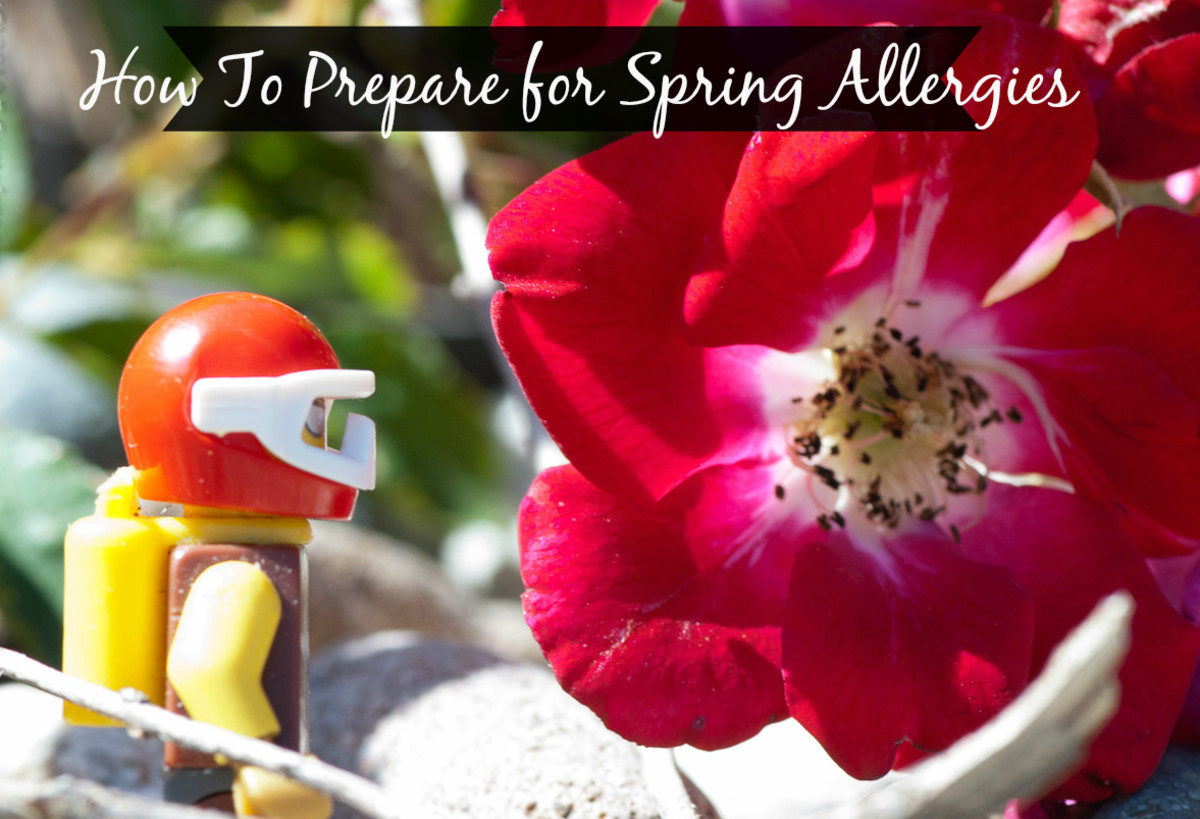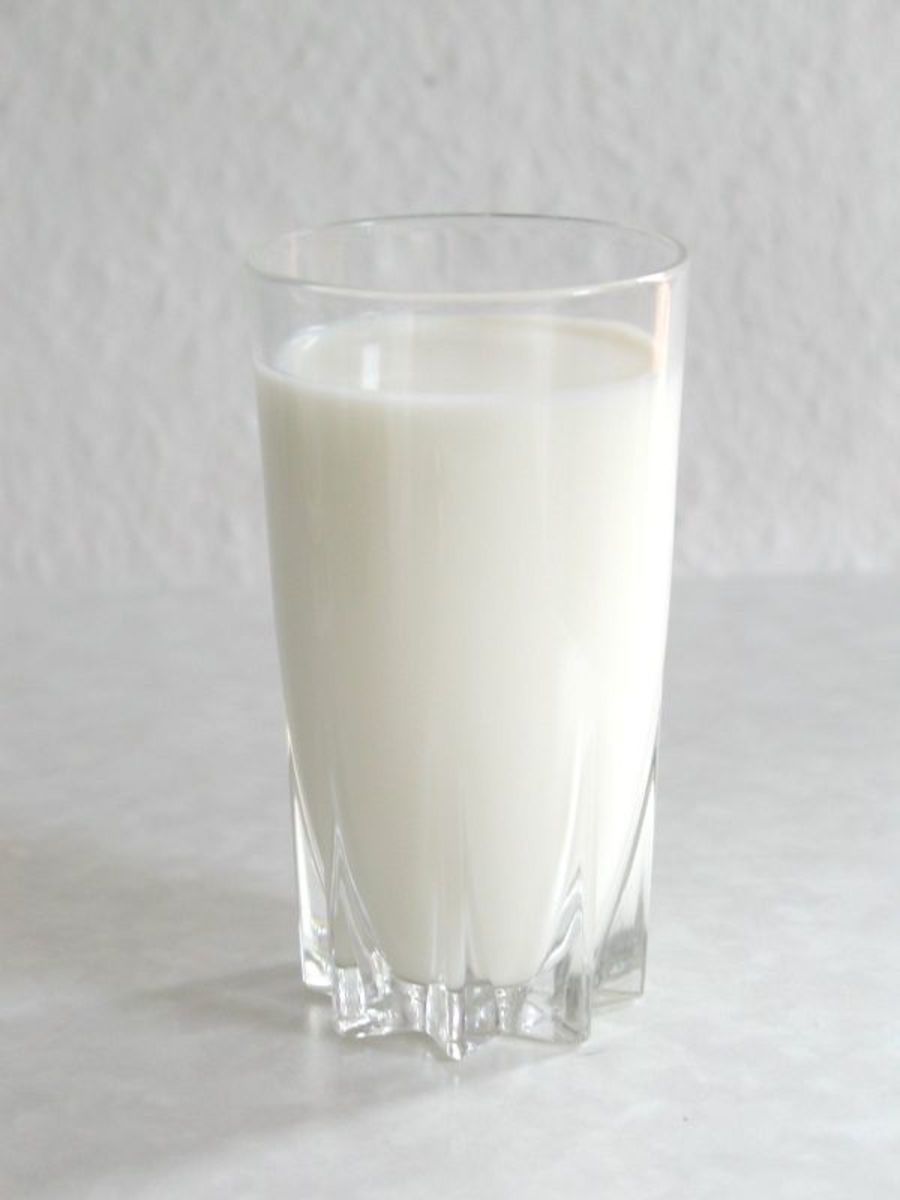What Is Hay Fever
Hay Fever Seasonal Allergies
Hay Fever is the popular term for the medical condition known as allergic rhinitis, which, like most things related to health, sounds a lot worse than it actually is. Hay Fever is an allergic reaction to certain particles in the air known as allergens. As these particles are breathed in, they trigger a biological response in the human body that causes common hay fever symptoms. Despite the name’s suggestion, hay fever is not necessarily triggered by particles from hay.
Allergies are caused when the body overreacts to either a real pollutant, or to harmless particles that are misidentified by the body as possible invaders such as viruses or bacteria. The body releases biological compounds known as histamines in order to counteract the perceived threat. The buildup of these histamines in the body causes allergies. In the case of hay fever, for example, histamines released by the body build up in the mucus linings of the nose causing the common hay fever symptom of sneezing.
Allergic Rhinitis
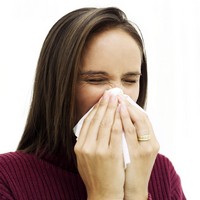
Hay Fever Symptoms
Hay fever, or allergic rhinitis, main symptoms occur in the eyes and nose. The most known hay fever symptom is sneezing which is triggered when the body attempts to expel the build up of histamines in the nose’s lining. Some hay fever sufferers can sneeze several times in an hour. Many even sneeze several times in a row, a symptom mocked for comic effect in cartoons showing a character sneezing five, six, seven, or even eight times in a row.
As allergy drug commercials are quick to point out itchy, watery, eyes, along with sneezing and runny nose are the most noticeable symptoms in most people. However, hay fever is a broad category of allergy, covering almost all seasonal allergies, and therefore, people can have a wide variety of symptoms.
In addition to itchy eyes and nose, some people also develop an itch or tingly sensation in their throat or mouth. Other symptoms include stuffy nose or runny nose, as well as clogged ears, dark circles under the eyes, or puffy eyes, and headaches.
Since many of the body’s systems react to trouble by producing mucus, any of these pockets or linings can be affected. For example, the nasal cavities and sinuses may fill with mucus producing a similar feeling to a cold or sinus infection.
Allergy Tests
Seasonal allergies that occur at approximately the same time each year (Spring time or Fall, for example) are almost always considered hay fever. However, doctors can perform allergy tests to help determine the cause of allergies in most people. Typically, small doses of common allergens are placed in the skin, or just under the surface of the skin. Irritations that form around the test sites indicate a high likelihood that the person is allergic to the substance in question.
Cures for Allergies – Allergy Medicine
There is no real cure for allergies. However, there are many prescription drugs and over-the-counter allergy medications that can help allergy sufferers. Antihistamines are drugs that prevent the body from releasing more histamines in an allergic reaction. Many former prescription allergy drugs are now available on the shelves of the local drugstore or grocery store without prescription.
Certain allergy medications and antihistamines can make people drowsy, so be sure to check the label before buying allergy medicine and certainly before driving or operating dangerous machinery or equipment. And remember, that for allergies in children is is important to get the children's version of allergy medication and administer it with a good measuring device such as a medicine syringe.
Most of all, never forget that hay fever allergies are temporary and will go away once the pollutant no longer is in the air.


